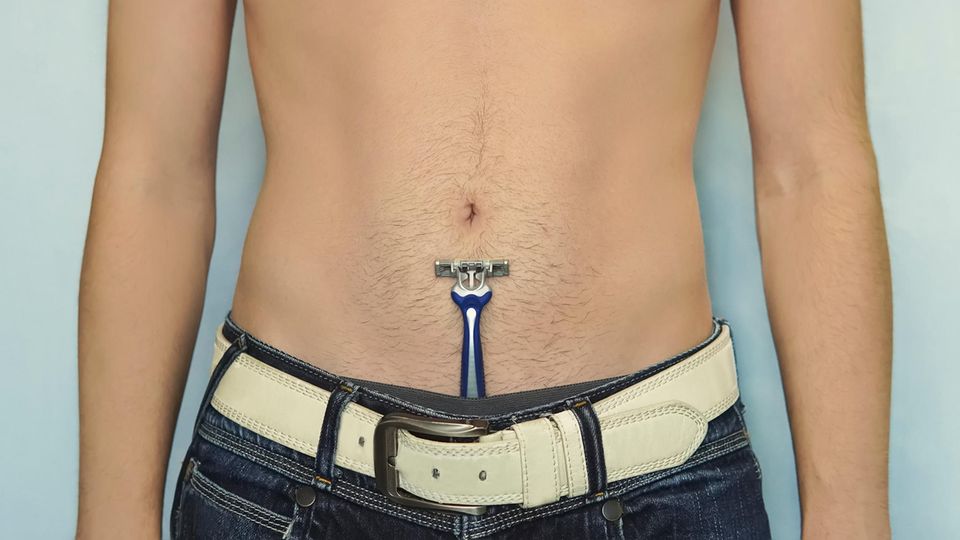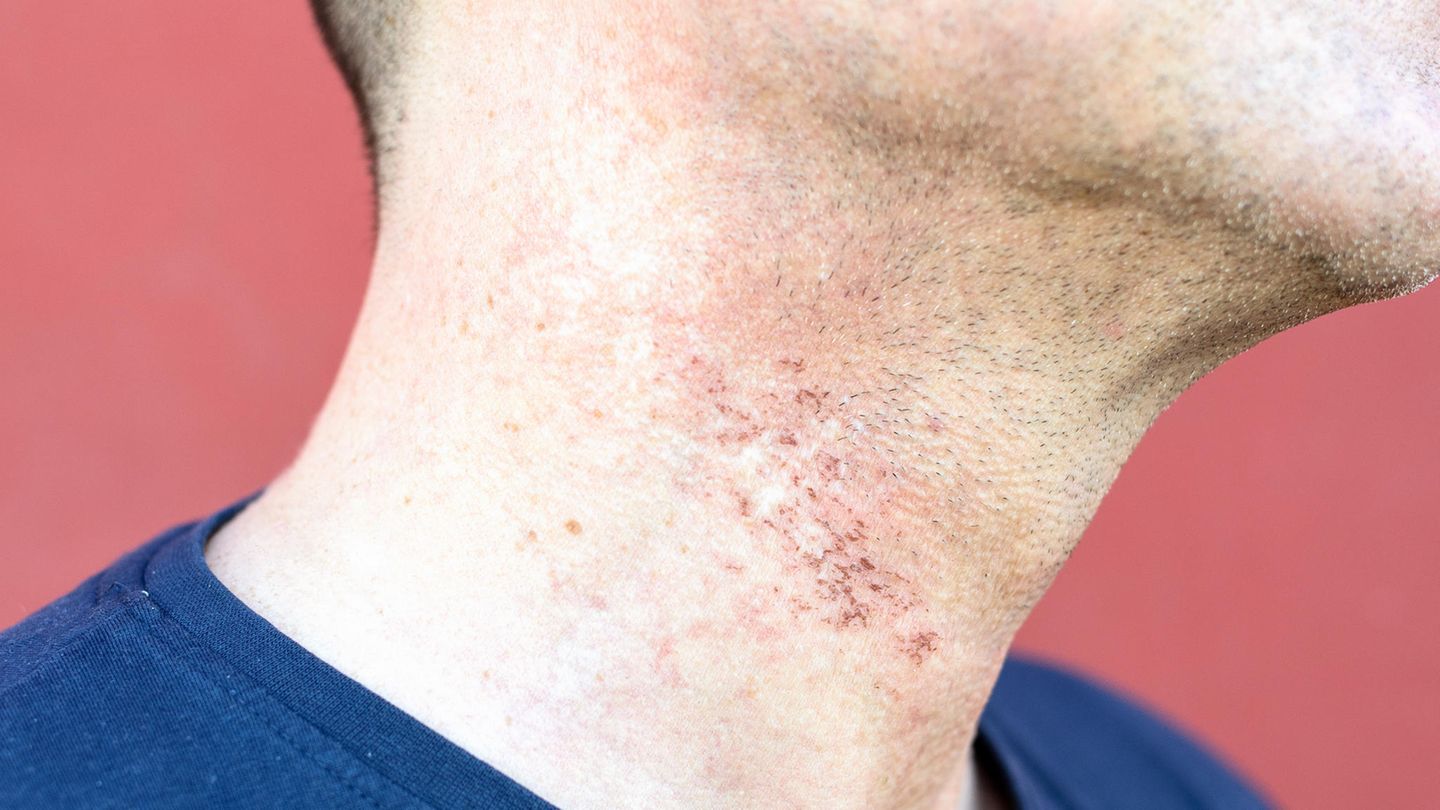Beard hair grows incessantly: it creates up to four millimeters a day – much to the chagrin of many men who prefer smooth skin and have to shave every day. A painful razor burn is the result.
Regular shaving causes the man’s skin to become permanently irritated and react accordingly: redness, rashes and itching are typical symptoms of razor burn, which are particularly noticeable on the neck. But how does such skin irritation come about? This is due to the missing horny flakes that were removed by the razor blades – they usually protect the top layer of skin from external influences. As a result, there are numerous minor injuries such as cuts that can easily become infected. It is all the more important to properly prepare the skin for the upcoming shave and to take care of it afterwards. This is the only way to avoid razor burn. What men need to consider is explained below.
Avoiding razor burn: How to prepare the skin
Take your time to get a close shave. The less you prepare your skin for the upcoming procedure, the higher the risk of a painful and itchy rash – one should not be frugal here. Instead, it is best to do the following:
This may sound strange at first, but it is a tried and tested method by beauticians: Place a warm, damp washcloth on the parts of the body that you want to shave for two minutes – this opens the pores and allows you to remove the hair more easily. You can also use a pre-shave product (e.g. a or one ) on the skin, which acts like a protective film. This also applies to wet and dry shaves.
If you prefer wet shaving, you should always have one or use. Apply the product generously and massage it into the skin – this will make the blades slide better over the skin. As a rule of thumb, the following applies here as well: The more time that passes between application and the actual shave, the less irritated your skin will be. You can then use some aftershave or a skin-friendly one Instruct.
When shaving yourself, you should always make sure to go with the direction of growth. If the blade is sharp, your skin will be just as smooth as if you shave against the direction of growth – only it reacts much more relaxed. For the same reason, it’s just as important that you use the Replace regularly – if they are too blunt, they no longer slide over the skin. In addition, over time, germs stick to the old razor blades, which in turn cause inflammation on the skin.
And the pressure also plays a decisive role when shaving: In order to get each hair individually as possible, many men press their razors too hard on the skin and thus irritate it completely unnecessarily. Make sure that the pressure is even and not too strong – the razor blades do the rest by themselves. Because even if thick whiskers require more pressure than thin ones, you should find a healthy balance.
After shaving, all care products must be removed from the skin, preferably with clean water. You can then use an aftershave product (such as a lotion) to soothe and nourish the skin. In the case of sensitive skin, the product should in no case contain alcohol, as it otherwise promotes razor burn. Do you have a suitable one found, stick with it! Frequently changing products irritate the skin.
Treating razor burn: what to look out for
If it is too late to avoid razor burn, symptoms need to be relieved quickly. For you, this means first and foremost: If possible, the skin should not be shaved until it has recovered. To speed up this process, you can use the following tips:
Cool the affected areas with an ice cube or a – The cold water closes the pores again. The skin must then be dried very carefully, avoiding any form of friction here. It is best to dab the shaved areas with a dry cloth. Then you can use a Use (important: without alcohol) to soothe the skin.
Alternatively, there are well-tried home remedies for razor bumps, such as honey: The polyphenols it contains have an anti-inflammatory effect. Or you can touch up a face mask – all you need is a little quark, and again bee nectar. Mix all three ingredients together and smear them on your skin. After ten to 15 minutes, the itching should subside.
Baby powder, which is also used in many waxing studios, is just as skin-friendly as it is effective. It contains zinc oxide, which has an anti-inflammatory effect on the skin and can quickly relieve razor burn. When buying, however, make sure that the It does not contain talc – it is said to have a carcinogenic effect.

Razor burn after intimate shaving: what helps?
A razor burn can be very uncomfortable and painful, especially in the genital area – especially if you use the wrong care products. Be sure to choose a product in which , allergenic fragrances and dyes are included. Instead, take one , which was specially developed for the genital area of men. Home remedies such as honey and quark have no place here, but chamomile and aloe vera do: Both components have a calming and anti-inflammatory effect. On top of that, their protective film prevents even more friction. The same applies to loose clothing – as long as you suffer from razor burn in the genital area, it is advisable not to wear tight-fitting textiles. It is better to wear loose and airy clothes until your skin has completely calmed down.
What to do with ingrown hairs
Ingrown hairs in the genital area are particularly annoying and can become a serious problem. Try to carefully remove these with tweezers (disinfect beforehand!) – if that is not possible, one can help. This is rubbed onto the ingrown hair and covered with a plaster so that the wound can heal. If none of the tips are of any use or if the first signs of inflammation are noticeable, you should consult a dermatologist. Otherwise, you run the risk of the ingrown hair developing into a boil that can only be surgically removed. This is a long and painful process that you can get around by taking appropriate precautions.




